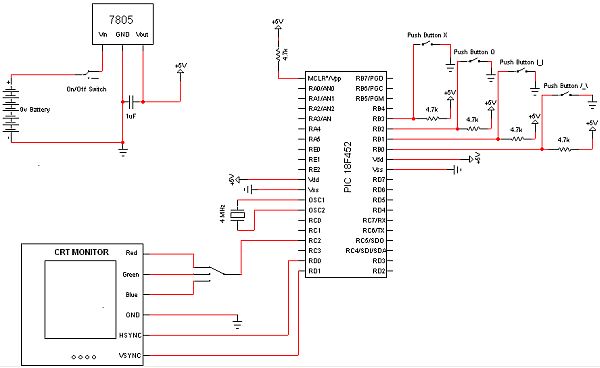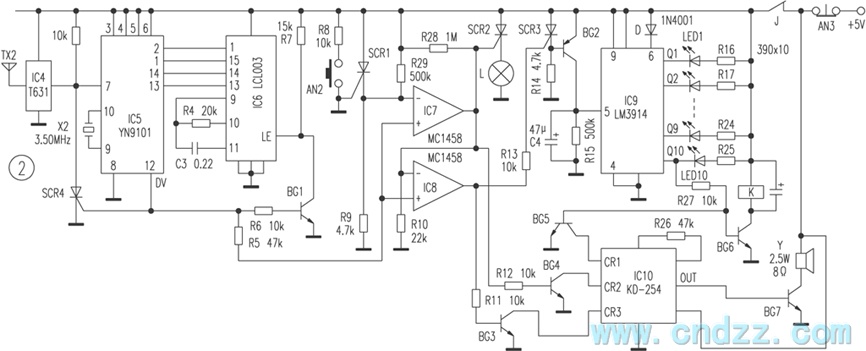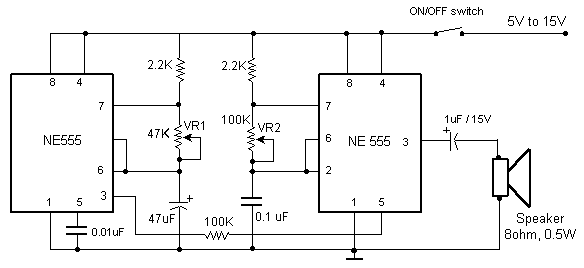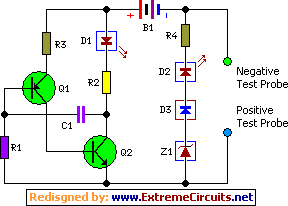
the vga test box using pic18f452 microcontroller

The objective of this project is to develop a device capable of outputting VGA signals to a CRT monitor to display figures, text, and characters.
The project involves designing a circuit that generates standard VGA signals, which include separate horizontal sync (HSYNC) and vertical sync (VSYNC) signals, along with the RGB color signals necessary for image display. The VGA standard operates at a resolution of 640x480 pixels with a refresh rate of 60 Hz, requiring precise timing and signal integrity to ensure proper display on a CRT monitor.
To achieve this, a microcontroller or FPGA can be utilized to generate the required timing signals and RGB outputs. The microcontroller must be programmed to manage the pixel clock, which dictates the timing for the pixel data sent to the monitor. The RGB signals are typically 8 bits each for red, green, and blue, allowing for a total of 256 levels of intensity per color, resulting in over 16 million possible colors when combined.
The HSYNC signal controls the horizontal scanning of the display, while the VSYNC signal manages vertical synchronization. The timing for these signals must adhere to VGA specifications, which include a horizontal resolution of 800 pixels (including blanking) and a vertical resolution of 525 lines (with blanking).
Additionally, the circuit must incorporate level shifting to ensure that the output voltage levels of the microcontroller or FPGA match the VGA standard, which typically operates at 0.7 volts for the RGB signals. Proper termination and impedance matching are also critical to prevent signal degradation and ensure clear image quality.
The final design should include a power supply circuit to provide the necessary voltage levels for the microcontroller/FPGA and any additional components, such as resistors for RGB signal scaling and capacitors for filtering. An interface for inputting figures, text, and characters will also be necessary, which could be achieved through a serial or parallel communication method, allowing the user to send data to the device for display.
Overall, the successful implementation of this project will result in a functional device capable of rendering visual information on a CRT monitor using VGA signals, demonstrating the principles of digital signal generation and timing in electronics.The goal of this project is to create a device that is capable of outputing VGA signals to a CRT monitor inorder to display figures, text and characters. T.. 🔗 External reference
The project involves designing a circuit that generates standard VGA signals, which include separate horizontal sync (HSYNC) and vertical sync (VSYNC) signals, along with the RGB color signals necessary for image display. The VGA standard operates at a resolution of 640x480 pixels with a refresh rate of 60 Hz, requiring precise timing and signal integrity to ensure proper display on a CRT monitor.
To achieve this, a microcontroller or FPGA can be utilized to generate the required timing signals and RGB outputs. The microcontroller must be programmed to manage the pixel clock, which dictates the timing for the pixel data sent to the monitor. The RGB signals are typically 8 bits each for red, green, and blue, allowing for a total of 256 levels of intensity per color, resulting in over 16 million possible colors when combined.
The HSYNC signal controls the horizontal scanning of the display, while the VSYNC signal manages vertical synchronization. The timing for these signals must adhere to VGA specifications, which include a horizontal resolution of 800 pixels (including blanking) and a vertical resolution of 525 lines (with blanking).
Additionally, the circuit must incorporate level shifting to ensure that the output voltage levels of the microcontroller or FPGA match the VGA standard, which typically operates at 0.7 volts for the RGB signals. Proper termination and impedance matching are also critical to prevent signal degradation and ensure clear image quality.
The final design should include a power supply circuit to provide the necessary voltage levels for the microcontroller/FPGA and any additional components, such as resistors for RGB signal scaling and capacitors for filtering. An interface for inputting figures, text, and characters will also be necessary, which could be achieved through a serial or parallel communication method, allowing the user to send data to the device for display.
Overall, the successful implementation of this project will result in a functional device capable of rendering visual information on a CRT monitor using VGA signals, demonstrating the principles of digital signal generation and timing in electronics.The goal of this project is to create a device that is capable of outputing VGA signals to a CRT monitor inorder to display figures, text and characters. T.. 🔗 External reference





